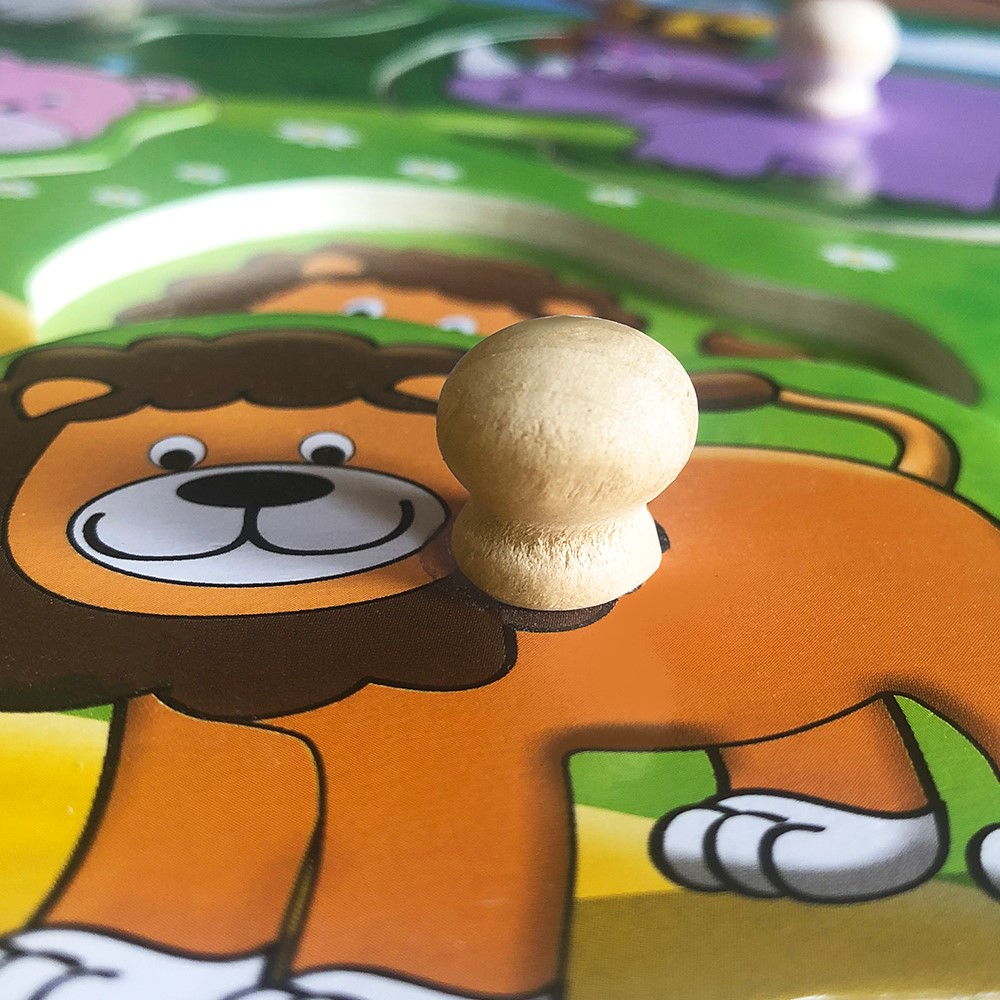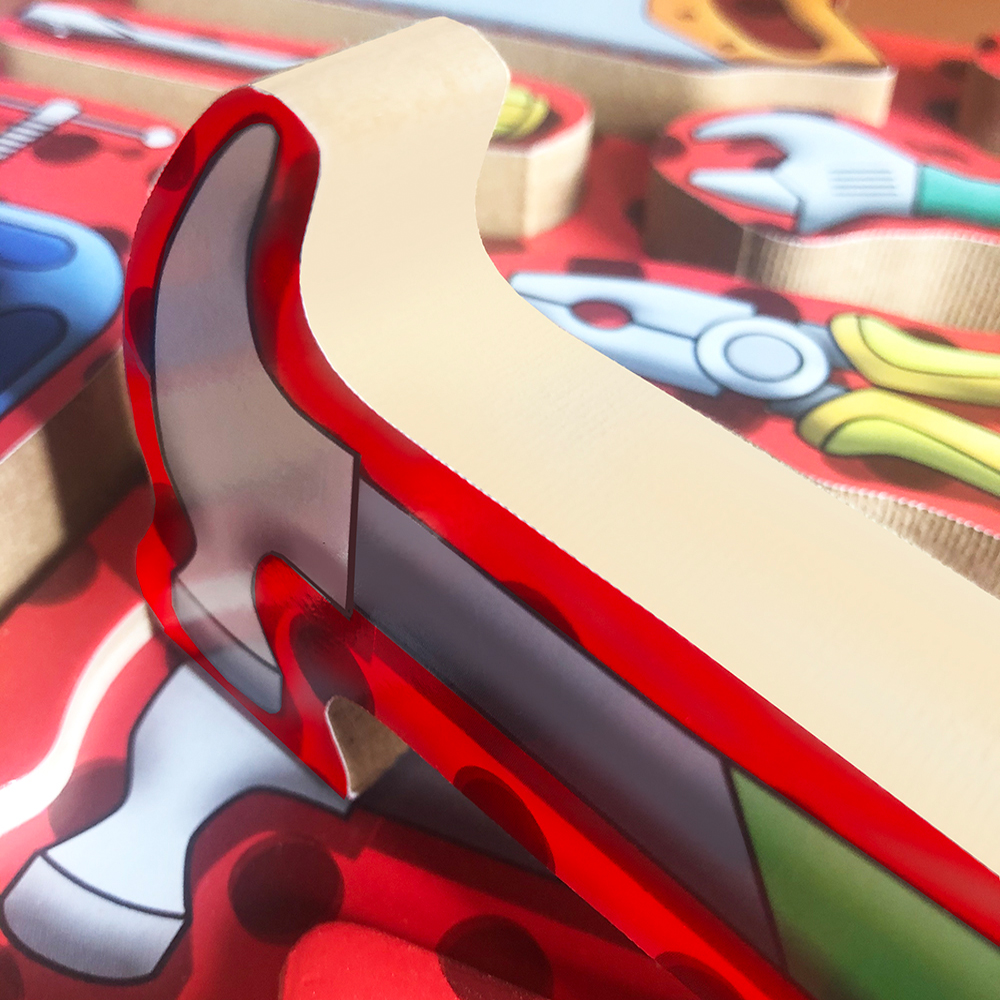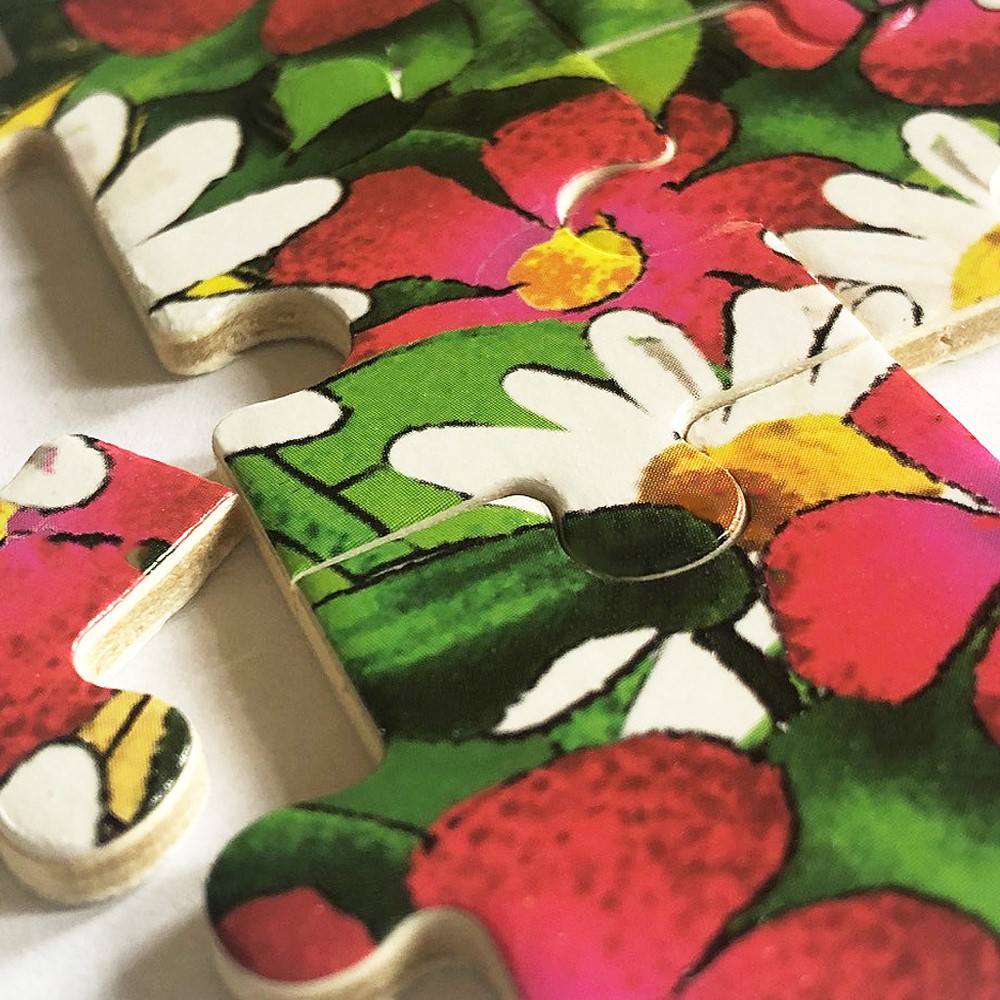- FREE DELIVERY
- throughout South Africa
- on orders over R500!
- puzzles@rgsgroup.co.za
- +2711 487 0795
- Login / Register
- Wishlist
- Basket
- FREE DELIVERY
- throughout South Africa
- on orders over R500!
Free delivery throughout
South Africa on orders
over R500
Menu
- +2711 487 0795
- puzzles@rgsgroup.co.za
FREE DELIVERY throughout RSA on orders R500+
Learning Benefits of Puzzles
- Toddlers 18 months to 2 years start off with basic knob puzzles. Fine motor control and spatial planning required to place the different puzzle pieces into the matching space. In addition, knob puzzles exercise the pincer grip – the same grip that will be used for holding a crayon, pencil or pen. See in the accompanying video below.
- From knob puzzles, children move onto tray puzzles. Smart Play’s number puzzle is a good illustration of the benefits of tray puzzles. Problem-solving and sequencing skills are required to put each number into the correct space.
- Introduce preschoolers to traditional puzzle building with interlocking pieces with 2 to 6 piece puzzles. This teaches them about part-whole relationships. You can get even more value out of this simple box of 6 wooden puzzles by muddling up all the pieces. Then get your child to find all the pieces belonging to the bunny, the lizard, the parrot etc. This strengthens the skill of visual discrimination or the ability to notice similarities and differences. Only then can they move on to building the 6 different puzzles which require eye-hand coordination and being able to manipulate pieces into the right position and direction to fit together.
- Puzzles require spatial planning and the ability to manipulate pieces into the correct position using eye-hand coordination.
- Busy puzzles stimulate figure-ground perception – the ability to isolate items in a busy picture in the foreground or background





